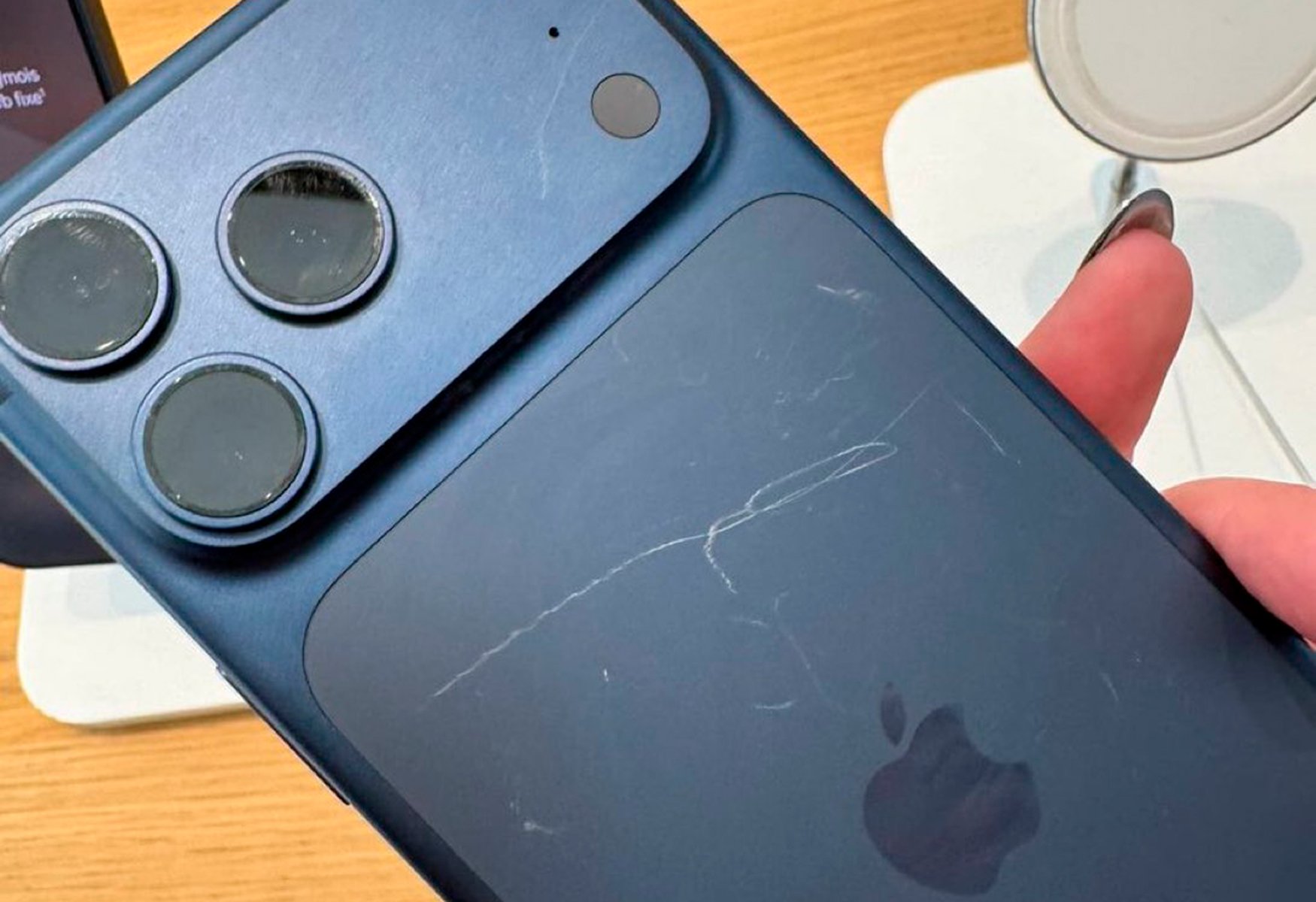Scientists from the Southern Federal University (SFU) have developed a method that allows determining the origin of wine with high accuracy. To this end, X-ray fluorescence analysis was used to analyze wine samples from different countries, including Merlot from France and Chile. The study found that this method could distinguish wines by region based on elements such as potassium, sodium and calcium, as well as other components in the composition.
As noted by the university, the new technique not only determines the origin of wine but also helps detect frauds. This achievement is important because the method is fast, inexpensive and can analyze even small volumes of samples. The biggest advantage of the method is that it can detect elements such as bromine, iron, zinc and rubidium, which can be used in the geographical identification of wines.
Moreover, in the future, this technique will not only help distinguish Italian and Australian wines, but also help predict which new regions may become promising for winemaking. By adding machine learning to their analysis process, the scientists plan to expand the capabilities of the method to more accurately determine the characteristics of the region and predict possible areas for wine production.
Source: Ferra
I am a professional journalist and content creator with extensive experience writing for news websites. I currently work as an author at Gadget Onus, where I specialize in covering hot news topics. My written pieces have been published on some of the biggest media outlets around the world, including The Guardian and BBC News.











